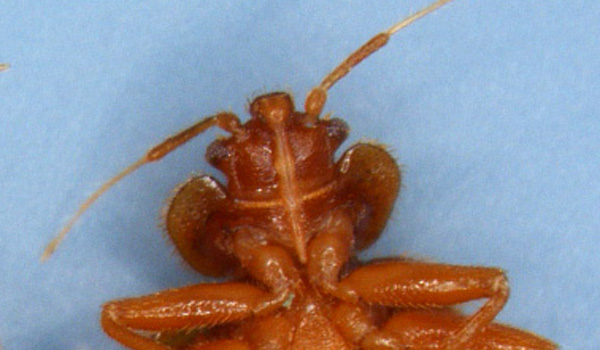Bedbug Pesticide Illnesses on the Rise, CDC Reports

In 2010, there were 39 reported illnesses and 1 death associated with the insecticides used to kill bedbugs, according to a report today from the Centers for Disease Control and Prevention (CDC). These occurred in seven of the 12 states that report pesticide-related illnesses to the CDC.
The fatality involved a 65-year-old North Carolina woman who had a history of health problems, including kidney failure and heart attack. In attempting to treat the invasion, the woman's husband used a product not designed to kill bedbugs, and did not follow the label instructions in treating the home, the CDC said. Additionally, the woman had applied the pesticide directly to her hair and skin.
The most frequent causes of illness were excessive application of insecticides, failure to wash or change pesticide-treated bedding and inadequate notification of pesticide application, the report said. The most frequently reported health problems included headaches, dizziness, and pain and irritation of the airways.
The agency urged the public to seek certified applicators who use both chemical and nonchemical methods such as steaming or laundering infested items to get rid of the pests .
One person, who was not certified to apply pesticides, pled guilty to criminal charges after an Ohio family was sickened. The person had used a product not intended for indoor use, and had soaked the apartment's beds and floor coverings until they were saturated, the CDC said.
Pesticide misuse
"Although the number of acute illnesses from insecticides used to control bedbugs does not suggest a large public health burden, increases in bedbug populations that are resistant to commonly available insecticides might result in increased misuse of pesticides," the report said.
Get the world’s most fascinating discoveries delivered straight to your inbox.
Bedbug bites are itchy, and infestations can cause people to have trouble sleeping. However, bedbugs are not associated with the transmission of any human disease, the CDC has said.
Bedbug populations are increasing, and becoming increasingly resistant to pesticides, namely products containing chemicals called pyrethroids, the CDC said.
A growing nuisance
Between 2003 and 2010, there were a total of 111 bedbug-related illnesses reported, but no other deaths, the report said. There were 19 illnesses in 2009 and 23 in 2008. There were fewer than 10 cases in each of the preceding years.
In 39 percent of all cases of illness, the pesticides were known to have been applied by an uncertified person, and in an additional 46 percent of cases, it was not known whether the applicator was certified.
New York City was the site of 58 percent of all cases, the report said.
The CDC data were obtained from the Sentinel Event Notification System for Occupational Risks (SENSOR)-Pesticides program and the New York City Department of Health and Mental Hygiene (NYC DOHMH).
The report was limited in that cases in which people have minor symptoms and do not seek medical care are not reported and that it only included cases in which bedbugs were explicitly stated as a cause of the pesticide applications.
Pass it on: Misuse of pesticides to treat bedbug infestations is a growing health problem.
- Bedbug Bites: What You Need to Know
- Bedbugs: The Life of a Mini-Monster (Infographic )
- 10 Medical Myths That Just Wonâ??t Go Away
Follow MyHealthNewsDaily on Twitter @MyHealth_MHND. Find us on Facebook.



